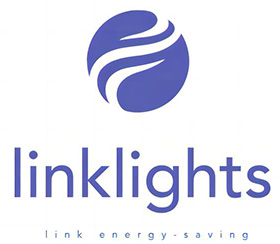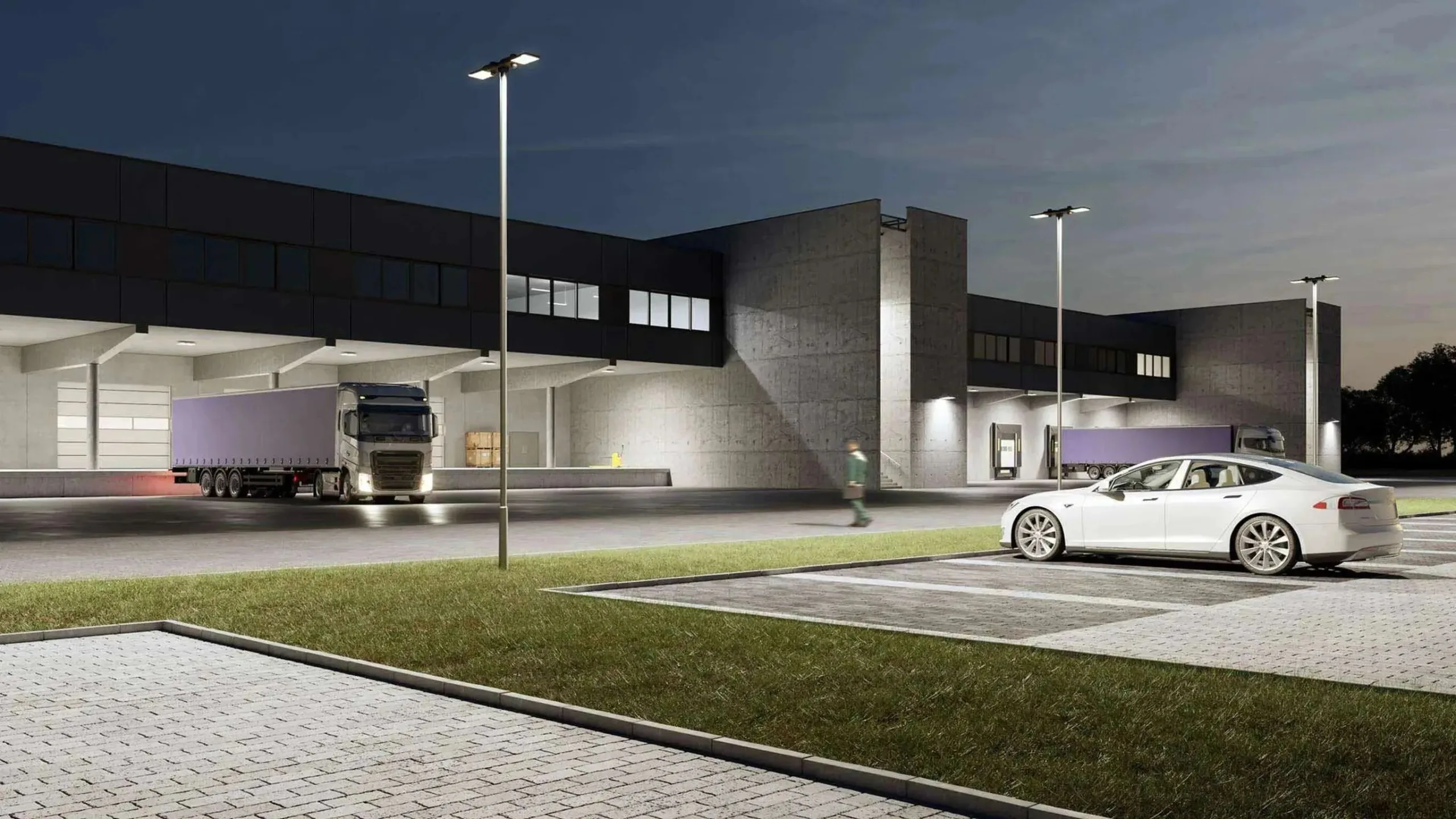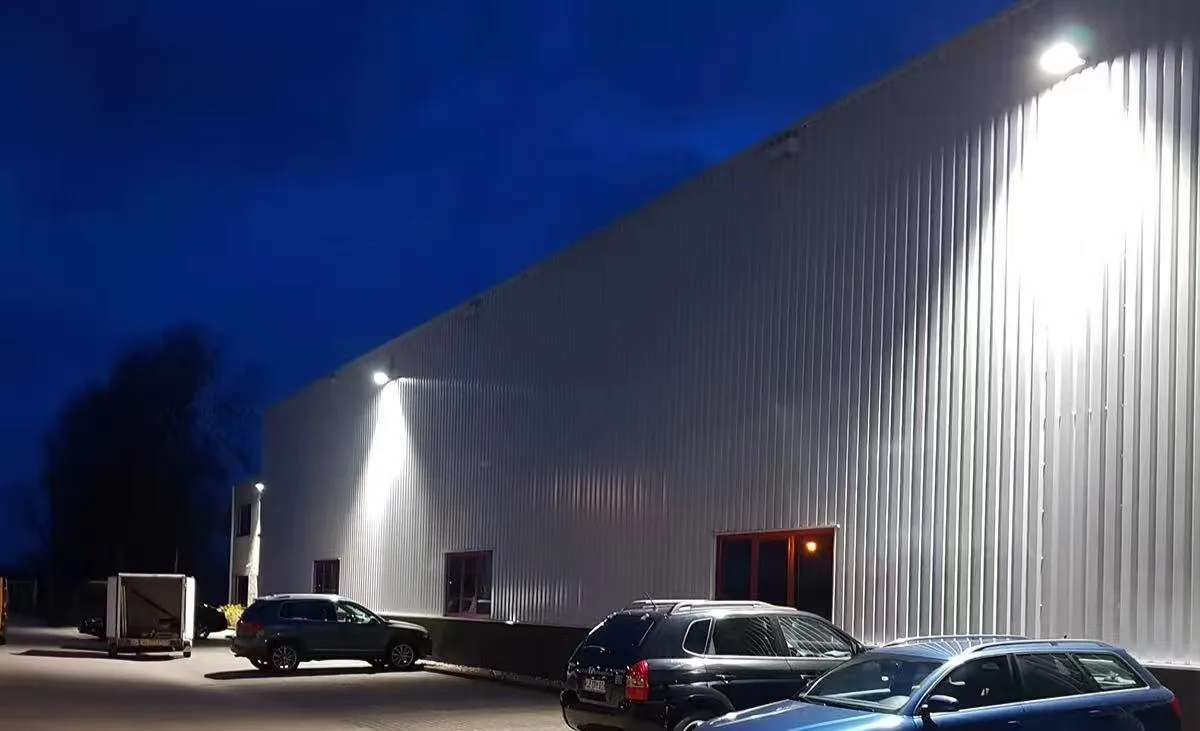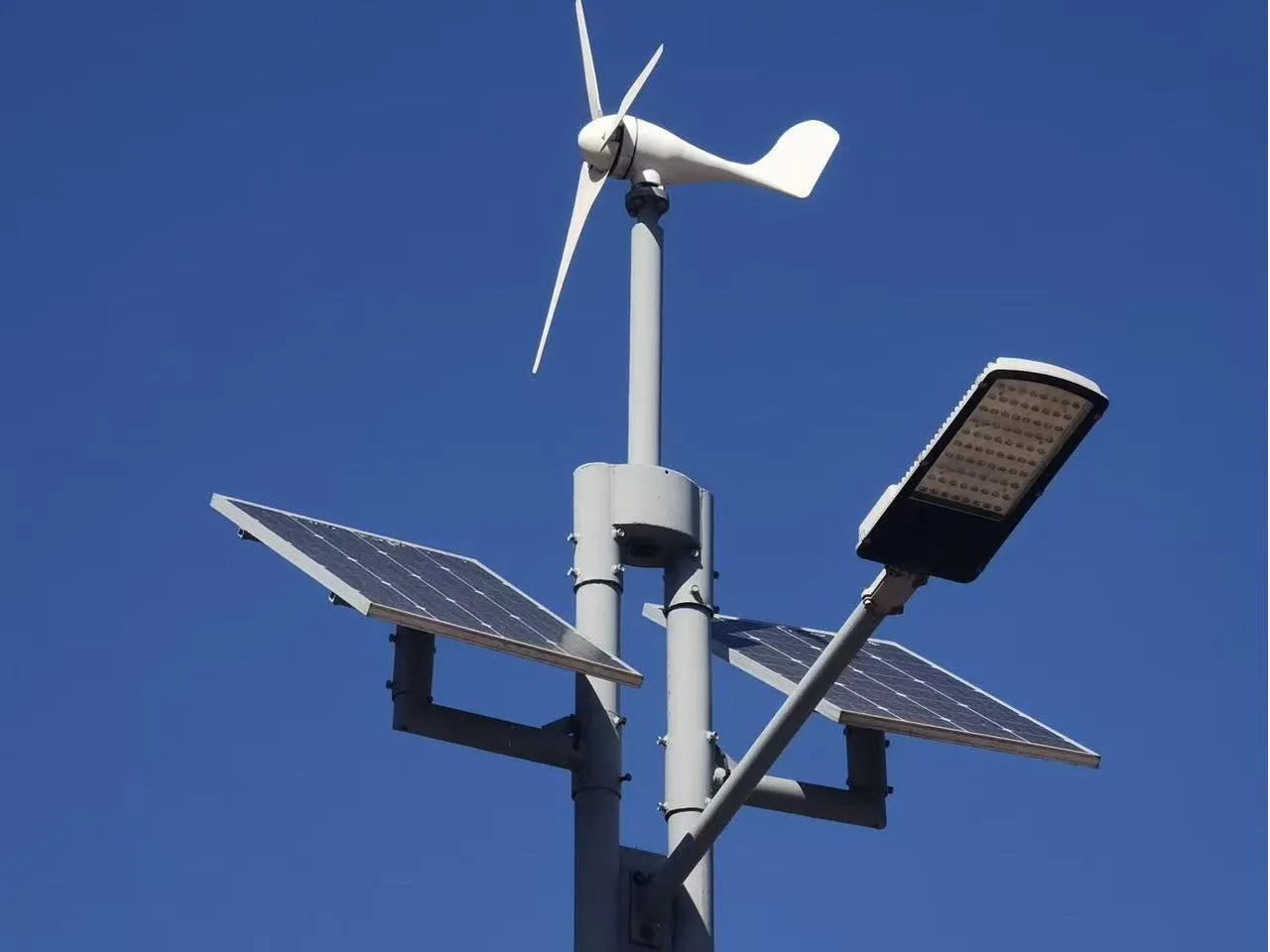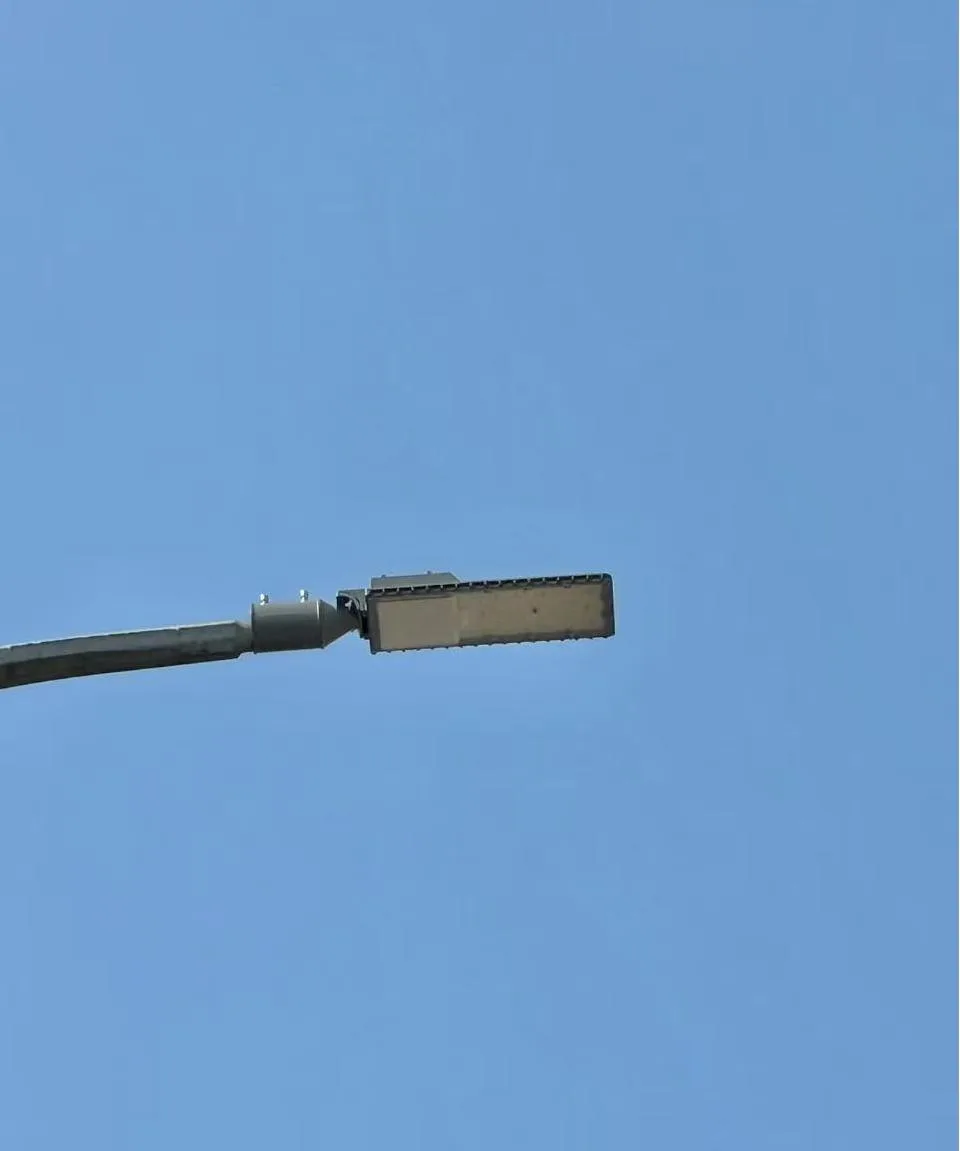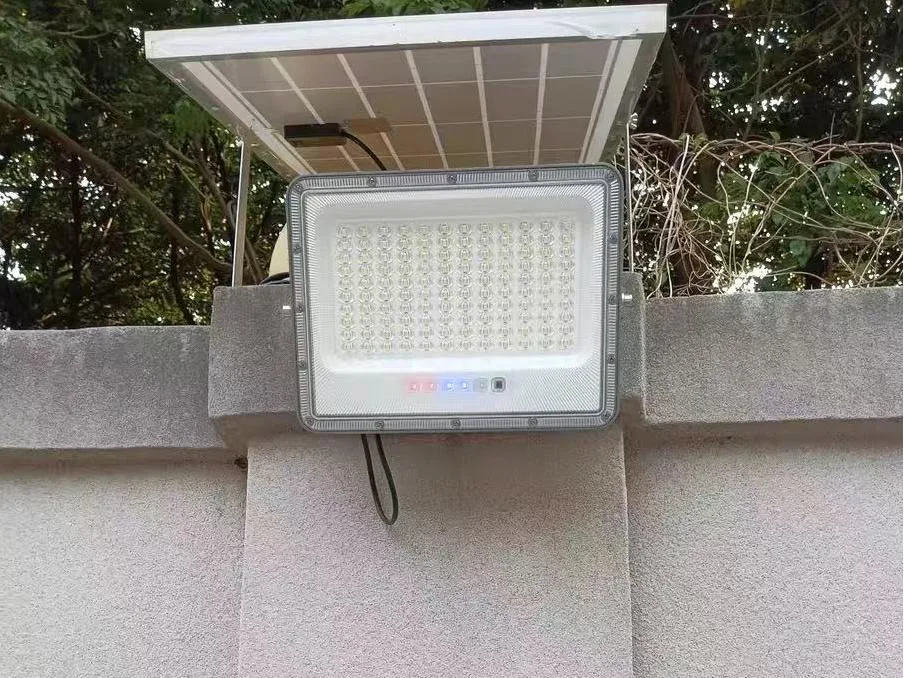Introduction
Traffic lights help keep roads safe, organized, and moving smoothly. They guide cars and people, cut down on traffic jams, lower the chance of accidents, and keep traffic flowing well.
Today, in smart cities, traffic lights are getting better with new tools that can detect cars and people, talk to other systems, and adjust on their own.
This guide shows how traffic lights work, what parts they have, how they are controlled, and the newest smart features — useful for traffic engineers, city planners, and transportation leaders.
The Role and Importance of Traffic Signals
Traffic signals are an important part of road safety and traffic control.
Safety
They control traffic at intersections and busy roads. This prevents confusion and keeps cars and people safe. Signals lower the chance of accidents and help everyone travel safely.
Efficiency
Signals guide when cars and people can move. This reduces traffic jams, saves time, and helps traffic move smoothly.
Fairness
Signals show whose turn it is to go. They give cars and people a fair chance to move and make crossing the road safer for walkers.
Flexibility
Signal times can be set in advance but also changed to match real traffic needs. This helps during both busy and quiet hours.
A good traffic signal system makes travel safe, smooth, and easy for all road users.
Types of Traffic Signals and Their Applications
Vehicle Traffic Lights
Installed at intersections, these lights have three fixed colors—red, amber (yellow), and green—arranged vertically or horizontally:
Red — Stop before the stop line or crosswalk.
Amber — Prepare to stop; continue only if unsafe to stop suddenly.
Green — Proceed through the intersection if safe.
They operate under fixed, traffic-actuated, or adaptive timing plans to improve flow and reduce conflicts.
Pedestrian Signals
Used at busy intersections to guide safe crossing:
Walk — White or green walking person icon, start crossing.
Don’t Walk — Red or orange standing person or upraised hand, do not start crossing.
Countdown Timer — Shows seconds remaining to finish crossing.
Some locations add audible signals for visually impaired pedestrians. Signals are timed with vehicle lights to separate pedestrian and turning vehicle movements.
Arrow Signals
Dedicated lights for turning movements:
Green Arrow — Turn in the arrow’s direction with right-of-way.
Amber Arrow — Protected turn ending, prepare to stop.
Red Arrow — No turn allowed until the light changes.
These reduce turning conflicts and improve intersection efficiency.
Countdown Timers
Display the remaining time in a phase for drivers or pedestrians:
For Drivers — Green countdown helps anticipate phase end; red countdown allows smoother starts.
For Pedestrians — Shows if there’s enough time to cross before the light changes.
Safety Benefits — Reduce last-second decisions, red-light running, and collisions.
Standards and Compliance
Countdown timers and signal designs must meet regional rules (e.g., MUTCD in the U.S., UNECE in Europe) for visibility, accuracy, and placement. In smart city systems, timers may link to adaptive controls, adjusting automatically to real-time traffic.
System Components in Modern Traffic Signal Systems
Detection Systems
Detection systems are like the “eyes” of an intersection. They spot cars, trucks, bikes, and people. This helps traffic lights change their timing to make roads safer and keep traffic moving.
Common types include:
Cameras and Radars — Watch the road and detect vehicles and people in all kinds of weather.
Inductive Loop Sensors — Coils under the road that work like big metal detectors. They sense cars and trucks, but sometimes may not detect small vehicles like bikes or scooters.
No matter the type, all detection signals go to a control box near the intersection.
Key Tip (FHWA Research): The best results come when detectors are placed and set up to match the road layout, traffic amount, and speed. This helps find vehicles correctly and avoid unnecessary delays.
The Controller
The controller is the “brain” of a traffic light system. It:
Gets live information from detectors.
Runs fixed or flexible timing plans.
Controls the order and length of green, yellow, and red lights for cars and people.
Changes timing based on real traffic needs.
A good controller turns detection signals into the right green light time, making roads safer and traffic smoother.
Master Controller & Coordination
In some areas, a master controller runs several intersections at once. This is common when a “green wave” is needed on busy roads. It:
Chooses the best timing plans.
Collects data from each local controller.
Watches traffic flow to cut stops and help cars move faster.
Traffic Control Center (TCC)
The Traffic Control Center is the “command center” for the whole system. It:
Gets data from local and master controllers.
Changes timing in real time during accidents, big events, or heavy traffic.
Reviews past data to plan future improvements.
Communication Networks
Cables or wireless links connect detectors, local controllers, the master controller, and the TCC. These links:
Keep intersections working together.
Allow quick reaction to changing traffic.
Let staff update and fix the system from far away.
Phasing and Coordination for Traffic Flow Efficiency
Phase
A phase is the time a green light is on for a certain traffic movement. For example, cars going straight north and cars turning right north may both get a green light at the same time — this is one phase. Pedestrians also have their own phases.
Cycle Length
A cycle is one full loop of all the phases at an intersection. The cycle length is how long it takes to go through every phase and return to the start. The length can change depending on the time of day and how much traffic there is.
Interval
Each phase has smaller time parts called intervals:
Green Interval — Time when the green light is on and traffic can move.
Yellow Change Interval — Tells drivers the green light is ending and they should get ready to stop.
Red Clearance Interval — All lights are red for a short time, letting cars that entered on yellow finish crossing before the next group gets a green light.
Ring-and-Barrier Diagram
This diagram shows the order of phases. Rings are groups of phases that don’t conflict and happen in a set order. A barrier is a point where all rings stop, so that big conflicting movements — like east-west traffic and north-south traffic — are kept separate.
Common Phasing Strategies
Traffic engineers use different ways to control traffic at busy intersections, especially where cars need to turn.
Protected Phasing (High safety, lower efficiency)
A green arrow is given for turning, such as a left turn. All conflicting traffic gets a red light. This is the safest way to turn.
Permissive Phasing (More capacity, lower safety)
Turning cars move on a solid green light but must wait for a safe gap in oncoming traffic and watch for pedestrians. This is common where fewer cars need to turn.
Protected-Permissive Phasing (More capacity, lower safety)
Starts with a green arrow (protected turn) and then changes to a solid green light or flashing yellow arrow. The flashing yellow arrow means drivers can turn after yielding to others.
Split Phasing (Special cases or heavy turn traffic)
One direction gets a green light for all its movements. Then the other direction gets its turn. This works well at unusual intersections or where many vehicles turn.
Types of Signal Operations
From Fixed to Flexible Traffic signals use different methods to control how lights change.
Pre-timed (Fixed-Time) Operation
The lights follow a set cycle with the same timing for each phase, no matter the traffic. This works well in busy city grids where traffic patterns are steady and lights can be timed together.
Semi-Actuated Operation
Sensors are placed on smaller side streets. The main road stays green until a car is detected on the side street. Then the light changes to let that car go. This is good when the main road is much busier than the side road.
Fully-Actuated Operation
Sensors are on every approach to the intersection. The lights respond to real traffic in real time. If no cars are waiting for a certain movement, that phase is skipped. Green time can be longer for busy approaches. This works best for single intersections or places where traffic changes often.
Adaptive Signal Control
In advanced systems, data from many sensors is used to predict traffic and adjust lights before problems happen. This can cut down on traffic jams, shorten trips, and lower vehicle emissions.
Smart Traffic Signal Trends and Innovations
Today’s traffic lights are becoming smarter, cleaner, and more flexible. New ideas include:
AI Detection — Uses image recognition to spot cars, bikes, and people more accurately.
IoT and Cloud Links — Lets staff watch signals from afar, change settings instantly, and use data to improve timing.
Vehicle-to-Infrastructure (V2I) — Sends light timing info to connected cars so they can move more smoothly.
Energy Savings — LED lights and better timing cut power use and lower carbon emissions.
These tools help traffic flow better and support greener city travel.
Why This Guide Matters
This guide offers:
Full Coverage — From the basics to the latest smart systems.
Clear Order — Step-by-step, from what signals do to future trends.
Smart Keywords — Terms like traffic signal system, signal phasing, vehicle detection, and urban traffic control are included naturally.
Practical Value — Helpful for anyone who plans, runs, or upgrades traffic control systems.
Conclusion
Traffic signals are more than just lights at crossroads. They are complex systems that mix engineering, technology, and planning to keep cities safe and moving.By knowing how they work and how new tools are changing them, traffic experts can build systems that work well today and are ready for tomorrow’s connected and self-driving vehicles.
FAQ:
1. What is the difference between fixed-time, semi-actuated, and fully-actuated traffic signals?
Fixed-time signals run on preset cycles regardless of traffic. Semi-actuated signals only change for side streets when vehicles are detected. Fully-actuated signals adjust all lights based on real-time vehicle and pedestrian demand.
2. How do pedestrian signals improve safety at intersections?
Pedestrian signals give clear instructions on when to walk or wait, often with countdown timers. They separate pedestrian and turning vehicle movements, reducing conflicts and accident risks.
3. What are the benefits of using LED traffic signal lights?
LED traffic lights last longer, use less energy, and are brighter than traditional bulbs. They lower maintenance costs and help cities reduce carbon emissions.
4. How does adaptive signal control work?
Adaptive signal systems collect real-time traffic data from detectors and adjust light timings automatically. This reduces congestion, travel times, and fuel consumption, especially during peak hours.
5. What is Vehicle-to-Infrastructure (V2I) communication in traffic systems?
V2I technology allows traffic lights to send signal timing information to connected vehicles. This helps drivers adjust speed for smoother flow and fewer stops.
